Exoplanets can be covered in strange water that is somewhere between a liquid and a gas!
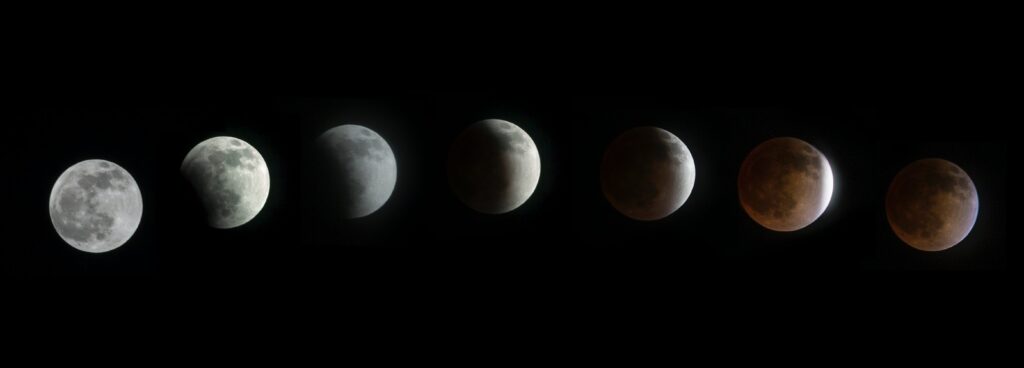
Small worlds around other stars can come in more than two varieties. Using exoplanet densities, astronomers have largely classified planets that are larger than Earth but smaller than Neptune into two categories: rockier, denser super-Earths and larger, fluffier mini-Neptunes. Mini-Neptunes are generally thought to be padded with thick layers of hydrogen and helium gas, like the giant planets of our own solar system, but astronomers have detected clear evidence of hydrogen in only a few mini-Neptunes and, interestingly, they have seen traces of water in others.
Now, new simulations indicate that some planets that look like gas mini-Neptunes could actually be rocky planets covered in superheated oceans, where water is in an exotic state between liquid and gas. Such extreme sauna-like worlds could bridge the gap between rocky and gaseous types of planets, the researchers report.

Scientists in France ran simulations of ocean-covered worlds in close orbits around their stars, where mini-Neptunes are often found. Intense stellar radiation would cause the planets’ water to swell into a diffuse layer of supercritical water between liquid and gas, topped by a water vapor atmosphere, the team found. On Earth, supercritical water can be used to break down toxic waste.
How spongy each simulated planet was depended on factors such as its water content, but the team of scientists simulated aquatic worlds with a range of sizes and densities that match nearly all of the hundreds of mini-Neptunes discovered so far. This suggests that water-containing mini-Neptunes may be better explained by supercritical oceans than by layers of hydrogen and helium gas. For example, mini-Neptune K2 18b, where water has been seen, fits the profile of a supercritical oceanic planet with about 37 percent water. More detailed observations of exoplanets in the future can test whether this new planetary model contains water.
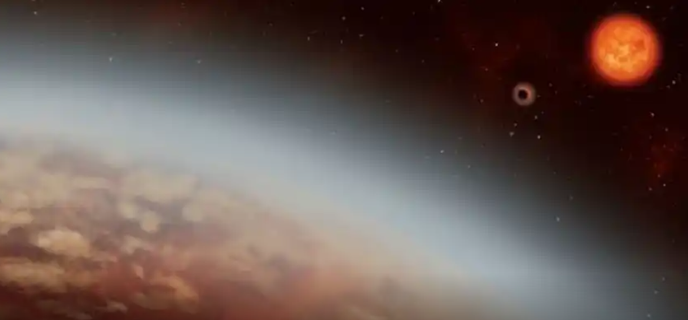
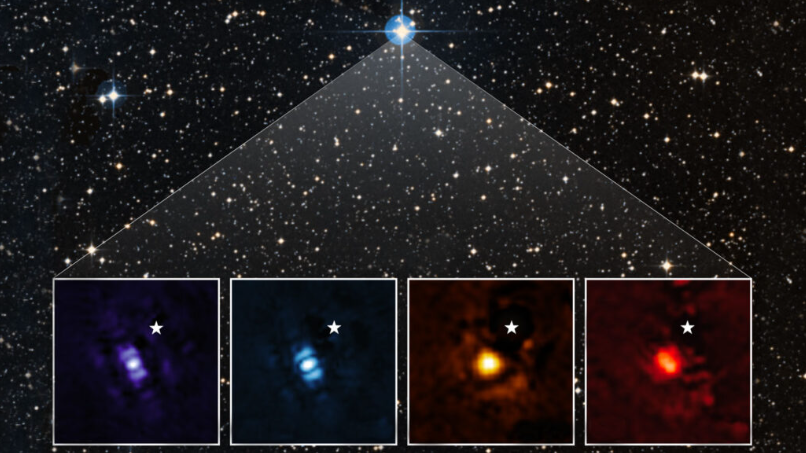
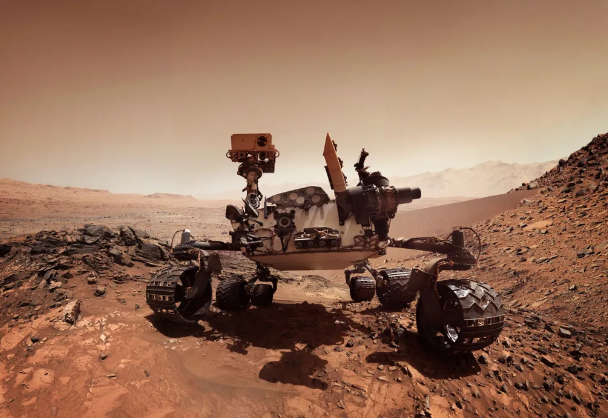
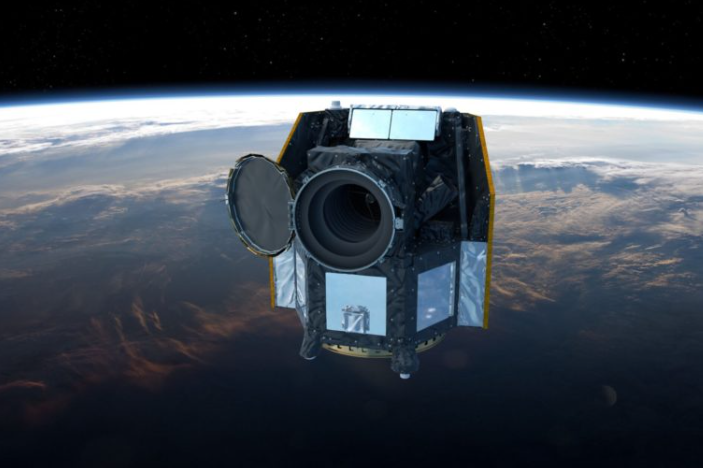
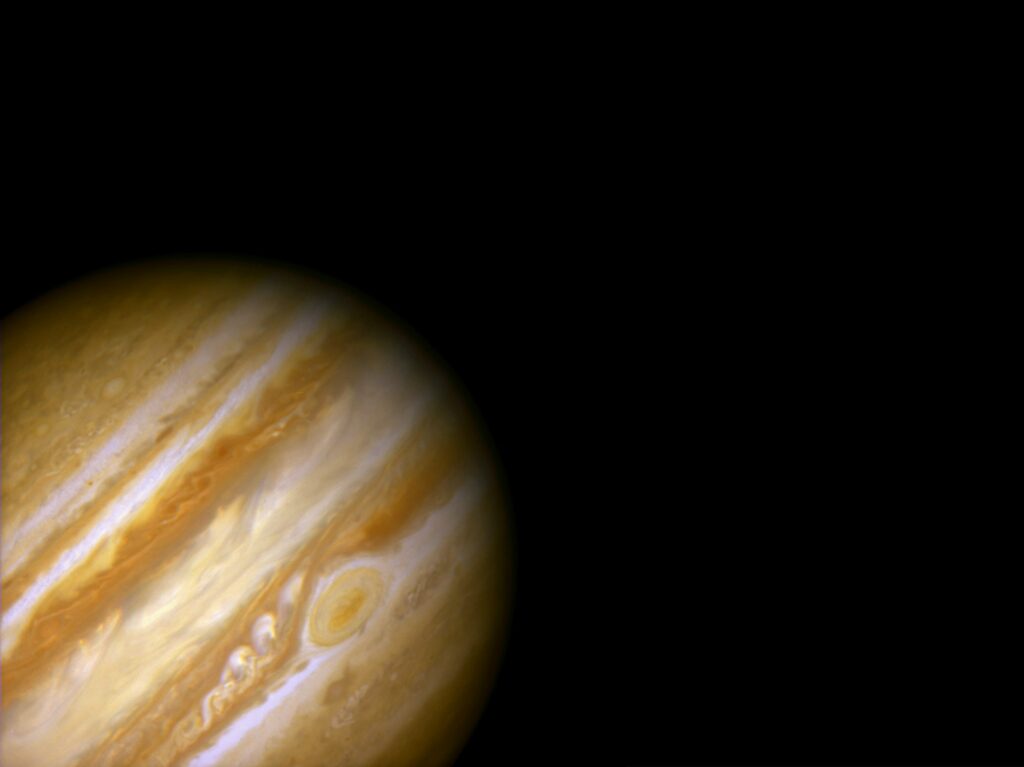
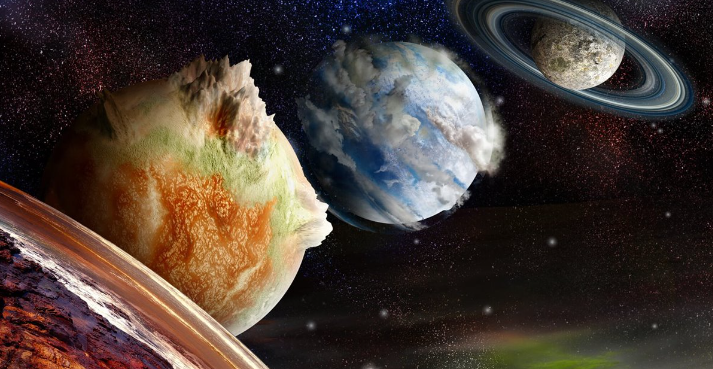
Responses